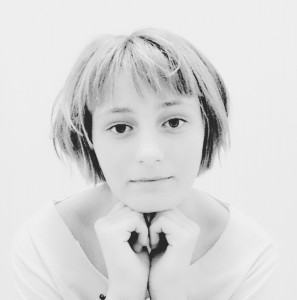This September, it will be thirty-nine years since my father died.
Our rented half-house in Manly had no phone, so my mother asked a cousin who lived nearby to visit with the news.
She arrived as we were having breakfast. I know this, because although I have no memory at all of what was said that morning, seared into my brain is an image of toast thickly spread with marmalade, and my hand above it, shaking, as I poured my mother’s cousin a cup of tea.
Reading entries for the 2015 Grieve Writing Competition, I remembered this. And many other moments of shock and sadness. It was disturbing, but also strangely comforting.
The Grieve Writing Competition is run by the Hunter Writers Centre. It is an annual competition to mark Grief Awareness month (August) and it attracts entries from all over Australia. Organizations that know only too well about the complex experience of grieving have provided generous sponsorship: they include a palliative care centre, hospitals, funeral directors, beyondblue … (You can read the details if you click on this link:http://www.hunterwriterscentre.org/grieve-project.html)
Not surprisingly, many entries are about death. There are bedside vigils with elderly parents, funerals, miscarriages, suicide… so many memories of loved ones no longer here. There is also a myriad of other losses: through divorce, migration, failing friendship, dementia, approaching blindness …
Is this writing grim? Of course, if you look only at the content. But there is also a sharing here of what it means to be intensely alive and capable of feeling deeply.
I confess that when I was asked if I would help with the selection of poems for the competition’s anthologies, I hesitated. There had been rather too much death and illness in my own life over the last year for comfort. I wondered how I would cope with reading so many other people’s poems about similar experiences.
But then I thought about how reading good writing has always helped me make sense of this messy business of being alive. I thought, too, of how writing about what has affected me most profoundly has led to poems that have touched other people.
So often when we’re confronted with another person’s tragedy, we’re lost for words. What we fall back on are platitudes, or silence, and gestures: giving flowers, cooking meals, sending cards with other peoples’ words.
The writers who’ve entered this competition have found words for their losses, and for their observations of the grieving of others. What comes across most as they transcend the raw emotion and set it in poems and stories to share with others, is love. Reading what they’ve written, I felt grateful for their courage and their honesty.
On August 22nd, at 2pm, at Harold Lobb Concert Hall, Newcastle, there will be a celebratory event to announce the Grieve prizewinners. Two anthologies of the best entries (a printed book and an e-book) will be launched. Twenty entries will also be read live to the audience, who will be asked to vote for their own favourites.
It promises to be a very moving and memorable afternoon. Everyone is welcome to attend (the cost is a gold coin donation), but you do need to book a place. You can do this by clicking on the link below:
http://www.hunterwriterscentre.org/grieve-project.html
I’m looking forward to being there. I hope you can join us!
Grieve Writing Competition 2015
from 2pm,
Saturday August 22, 2015
Harold Lobb Concert Hall, Newcastle
